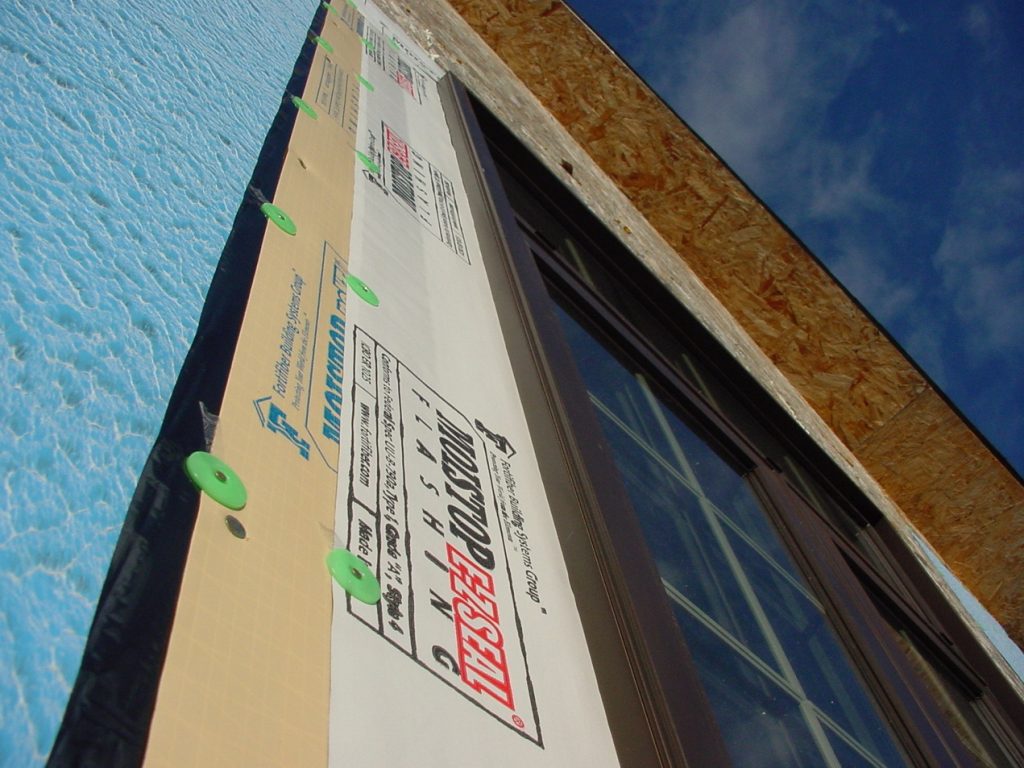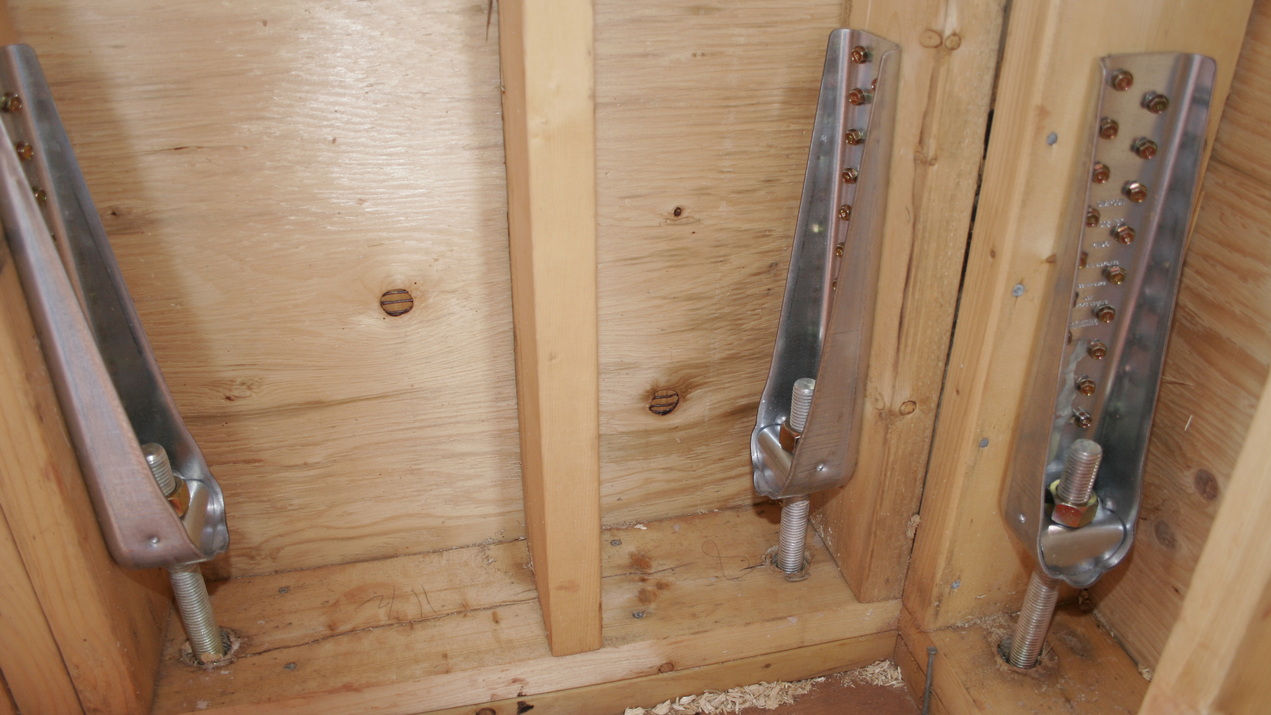We’ve all seen footage of entire neighbourhoods flattened by a big storm, and sights like that have always made me wonder: Is destruction like this inevitable? What are the weakest links in modern home construction? What can be done to build homes better able to withstand damaging weather events?
As it turns out, I’m not the only one thinking about these things, and a Canadian initiative is bringing new and stronger ideas to the homebuilding world.
The Institute for Catastrophic Loss Reduction (ICLR) is a partnership between the property and casualty insurance sector and the University of Western Ontario in London. The mission of the ICLR is research and implementation of construction techniques that boost the disaster resistance of homes in many ways. Conservative estimates say that houses built to ICLR specs are at least two times as strong as homes built to code, and at only one per cent greater cost.
Keeping the walls on
Instead of simply bolting the bottom of a wall frame to the top of a foundation, disaster-resistant design calls for half-inch threaded rods that extends right up from the foundation wall and through the floor frame, ending with anchor plates that fasten to the sides of wall studs with many engineered screws.
Wall structures themselves are also made stronger by arranging the direction of wall sheathing so it’s both vertical in some places and horizontal in others. These two simple details might take an extra day or two to implement, but are much stronger than the usual approach of relying only on nails fastened to wall studs.
Stronger roofs
When civil engineer Ed Stutt inspected homes destroyed during Hurricane Marilyn in 1995, he discovered that wood failure was not the main reason buildings were destroyed by wind. He says entire roofs lifted off, shingles and all, opening the houses to much more damage than if the roofs had stayed on.
More often than not, the culprit was nails with inadequate holding power, especially on roofs. Nails either pull out of the roof frame, or the roof sheathing itself pulls off over the nail heads.
The solution is to use ring-shank, full-round nails for securing roof sheathing, driven about twice as often as usual — every four inches on edges and every six to eight inches within each sheet of sheathing is not too much when winds pick up big time.
Tighter envelopes

Instead of the dubious, though widespread, practice of overlapping building wrap over window flanges and hoping it’s going to keep out angry torrents of rain, specific systems of peel-and-stick base flashing and top flashing offer more protection around windows and doors. That’s why they’re part of the ICLR approach.
Combining engineered window flashing systems like this with a plastic window sill pan is a worthwhile plan B because it offers multiple layers of protection against powerful driving rains. In the event that water does get past your windows and flashing, those plastic sill guards direct the moisture down and away from rot-prone wall frames.
The research work at the ICLR goes beyond just wind resistance and water control. They’ve got information on all aspects of upgraded home construction, including design details that take into account extreme hail, basement flooding precautions, ice storms, earthquake resistance and more.
Nobody ever builds a house during a major weather event, so it’s easy to under-estimate the stresses involved. This is the most likely source of hesitancy you might run into with a builder.
“We’ve always done it differently” is something you’re likely to hear. But the world is changing, and so is our understanding of what constitutes responsible, durable home construction. So, when the wind blows hard, or your house is coated in tons of ice, that extra one per cent of cost will seem entirely worthwhile.


